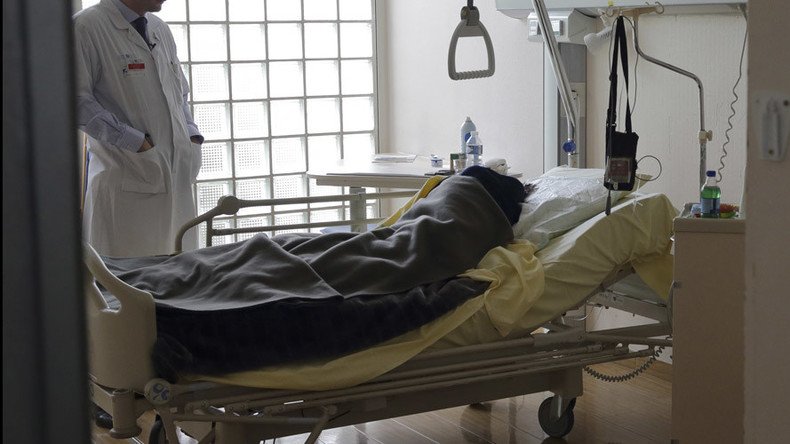800% increase: Euthanasia spikes in Belgium, especially among non-terminally ill

Сases of euthanasia are spiking in Belgium, which legalized the practice more than 10 years ago and is often held up as an example of how to approach the issue. More and more people who aren’t terminally ill are requesting the practice.
The latest records paint a confusing picture. On the one hand, there are clear increases in doctor-assisted suicides in Belgium. As statistics obtained by Reuters indicate, there was a steady increase between 2003 and 2013. In the space of a decade, instances of people choosing to end their lives this way rose nearly eight-fold, from 235 to 1,807 cases.
On the other hand, an increasing proportion of these people are not terminally ill.
Most patients were still terminal – usually cancer, and usually younger than 80 years of age. But according to the national euthanasia control committee in Belgium, a large part of the increase was among people older than 80 and those who did not have cancer.
The practice was legalized in Belgium in 2002, and is still considered controversial in many places worldwide. There are safeguards in place to keep just anyone from taking their own life – such as the rule that the person must be suffering immensely to qualify for an injection, be the suffering mental or physical. However, the patient does not have to be terminally ill to take this option.
Also noted in the statistics is a rise in instances of patients requesting palliative (quality of life) care team consultations, which saw an increase beyond what is required by law.
No one quite knows what to make of this, as “Most of the concerns surround the ‘free will’ of the patient and whether the decision to get help in committing suicide is really free, especially for cases with neuropsychiatric conditions,” Marcel Zwahlen, a researcher at the Institute of Social and Preventive Medicine at the University of Bern in Switzerland, explained in an email to Reuters.
Zwahlen adds that there is also concern that an increasing number of vulnerable patients are being coerced into the decision, particularly in situations when they simply can’t afford care.
Euthanasia remains largely understudied. For instance, there is no specific illness data in the study accounting for the said rise in cases. This means there’s no indication of even the amount of suffering, or the reasons a patient had to take their life.
It is known, however, that cancer is no longer the number one cause, and that other serious illnesses such as Lou Gehrig’s disease are also increasingly contributing, according to Kenneth Chambaere of the University of Brussels, the author of the study.
The study could, however, simply serve to indicate that people are becoming more familiarized and at ease with the practice.
As of now, euthanasia is legal in Belgium, the Netherlands, Luxembourg and Colombia. It is slightly altered for Germany, Switzerland, Canada and Japan, where the final step has to be taken by the patient – hence the term doctor-assisted suicide (although it has been applied liberally to other countries as well).
The practice is also legal in the US, although only in five states – Oregon, Vermont, California, Washington and Montana.














